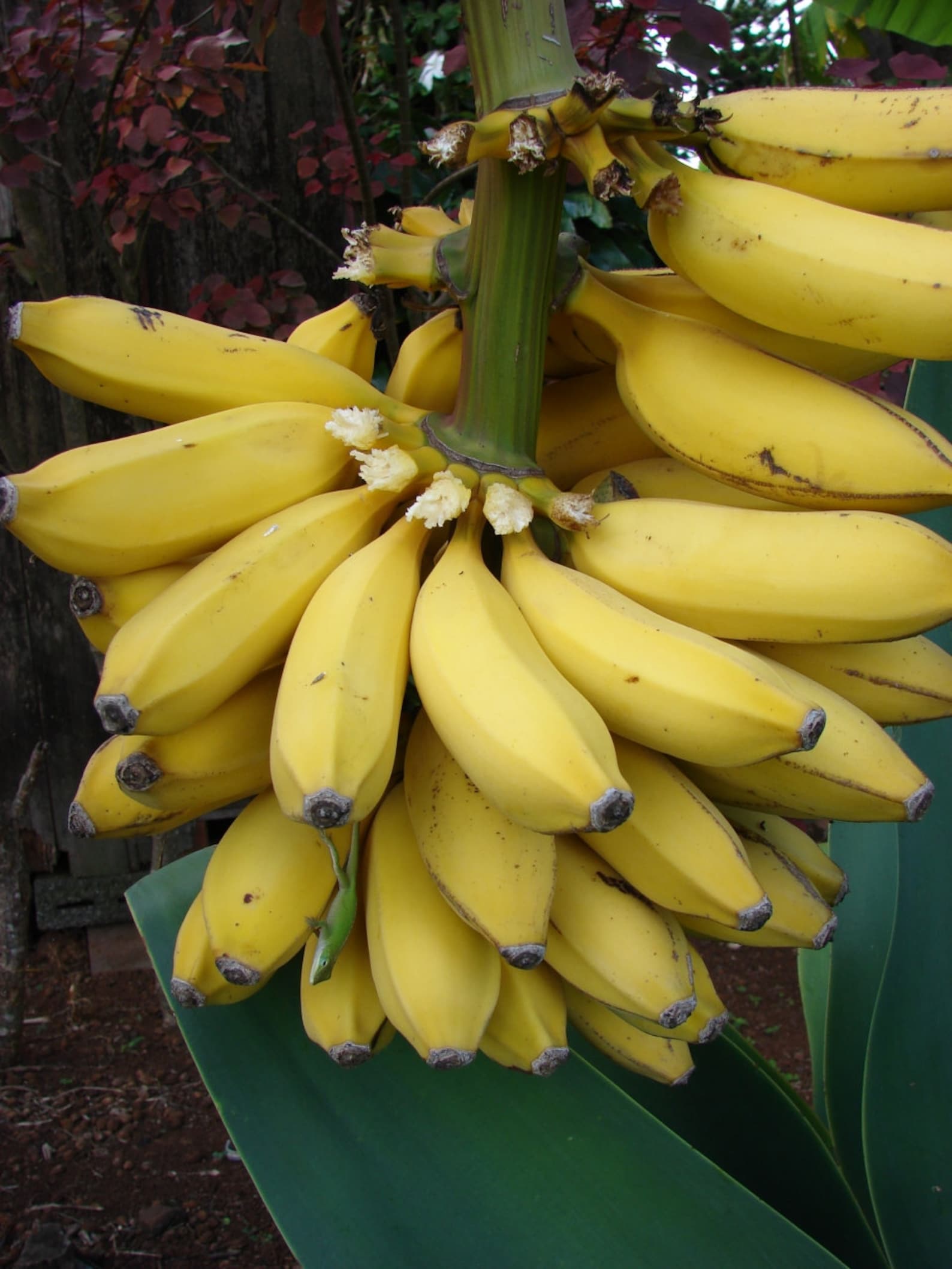
MUSA x PARADISIACA Banana 10 Seeds Etsy
Also the Arabic name for the fruit, perhaps after Prophet Musa (Moses). Musa x paradisiaca form named by Linnaeus in relation to the Qu'ran's reference to banana as the "Tree of Paradise". Ethnobotanical Uses: Edible Plant Parts : Edible Fruits Food (Fruit & Vegetable) Others: Ripe fruits can be separated from one another and eaten individually.

Musa paradisiaca (Musaceae) image 115569 at PhytoImages.siu.edu
Musa paradisiaca is the first Linnean name given to a banana and is therefore technically the "type species" for the genus Musa 1 . The name was coined by Carl Linnaeus, the father of modern taxonomy, who borrowed the name for the genus from Georg Eberhard Rumphius 2 .

Photo 4413 Musa x paradisiaca 'Ae Ae' plant lust
The Variegated Banana Tree or Musa x paradisiaca "Ae Ae" is a highly sought-after, hybrid banana plant. Known for its white-striped variegated foliage, trunk, and fruit.
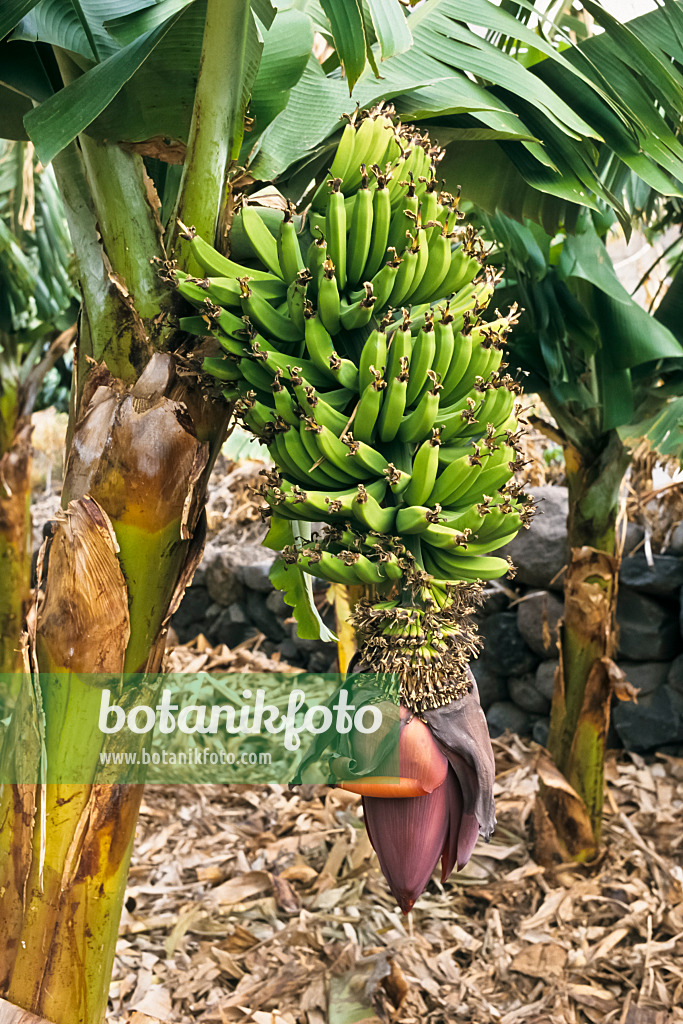
Image Banana (Musa x paradisiaca) 363025 Images of Plants and Gardens botanikfoto
Musa × paradisiaca ( M. acuminata × M. balbisiana) is a sterile triploid that is cultivated in warm climates for its tasty yellow-skinned fruit (bananas). It is commonly called edible banana or French plantain. Many cultivars are available in commerce, ranging in height from 7' to 25' tall.

Musa X paradisiaca True Fruit Banana 50 seeds Garden & Outdoor
Musa x paradisiaca is a herbaceous perennial tree cultivated in warm climates and known for its production of bananas. The flower extract from Musa x paradisiaca is known for its medicinal properties. Refer and Earn Banana Flower is most often used for Cardiovascular Health and Gut Health. Researched by : Kamal Patel, MPH, MBA

Musa x paradisiaca UF/IFAS Assessment University of Florida, Institute of Food and
National Tropical Botanical Garden | Musa ×paradisiaca - Plant Detail - Tropical Plants Database Taxonomy › Medicinal Uses › Practices › Geographic Distribution › Edible › The National Tropical Botanical garden is dedicated to preserving tropical plant diversity and stemming the tide of extinction - through plant exploration,.

Bananas, Musa X paradisiaca L Stock Photo, Royalty Free Image 103145748 Alamy
Perennial wildflowers re-grow each season from overwinter root material. Any of various plants that have the vascular tissues xylem and phloem. The vascular plants include all seed-bearing plants (the gymnosperms and angiosperms) and the pteridophytes (including the ferns, lycophytes, and horsetails).
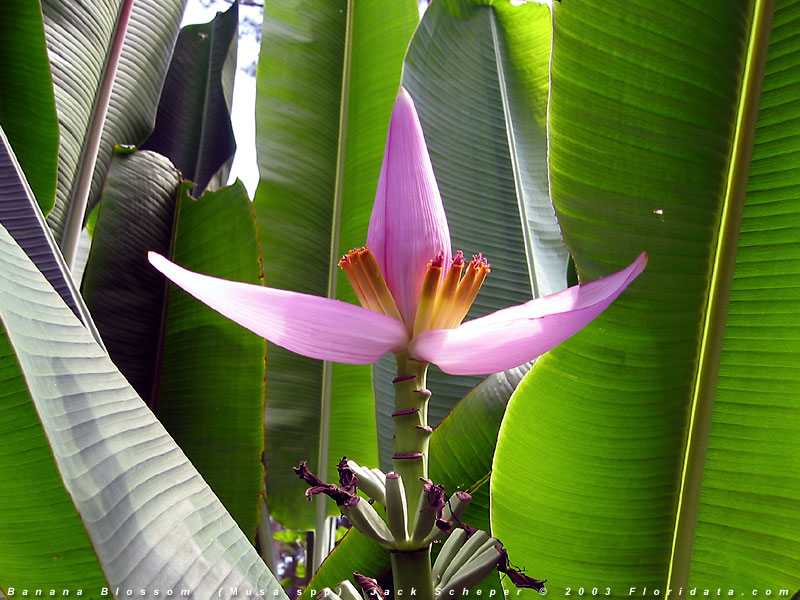
Musa x paradisiaca
Musa x paradisiaca Common Name (s): Banana Cooking Banana Edible Banana French Plantain Plantain Plátano Previously known as: Musa paradisiaca Musa sapientum Phonetic Spelling MOO-sah par-uh-DIS-ee-uh-ka Description This herbaceous perennial is a member of the banana family (Musaceae).

MY PLANT FINDER Plant Guide Musa x paradisiaca
L. Musaceae + Synonyms Karkandela × malabarica Raf. Musa × acutibracteata M.Hotta, Musa × alphurica Miq. Musa × aphurica Rumph. ex Sagot Musa × arakanensis F.W.Ripley ex Blechynden Musa × bacoba Rottb. Musa × berteroi Colla. Musa × bidigitalis De Wild. Musa × champa Baker Musa × chapara Perr. Musa × chiliocarpa Backer ex K.Heyne
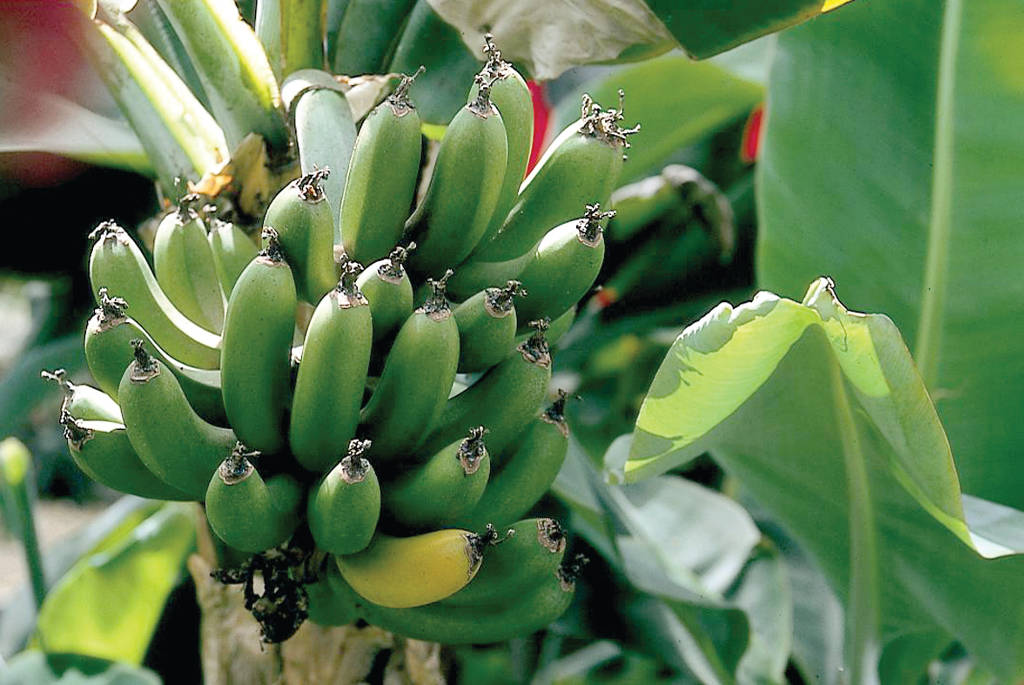
Allestimento giardini Realizzazione aree verdi Vivai Margheriti Musa x paradisiaca
Musa × paradisiaca L. First published in Sp. Pl.: 1043 (1753) This hybrid is accepted The native range of this hybrid is Malesia. It is a herbaceous tree and grows primarily in the wet tropical biome. The hybrid formula is M. acuminata × M. balbisiana. It is used as animal food, a medicine and invertebrate food, has environmental uses and.

Royalty Free Image Musa Paradisiaca fruit by
This datasheet on Musa x paradisiaca covers Identity, Distribution, Further Information. Get full access to this article View all available purchase options and get full access to this article.
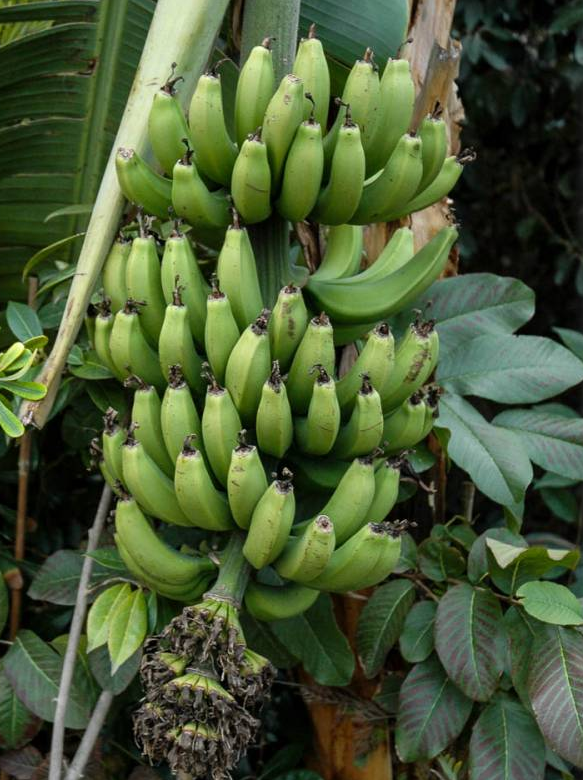
Musa x paradisiaca
Plantains ( Musa x paradisiaca) are a member of the banana family. They are a major food staple in Africa, and they also form part of the diet in Latin America. Unlike bananas, people usually.
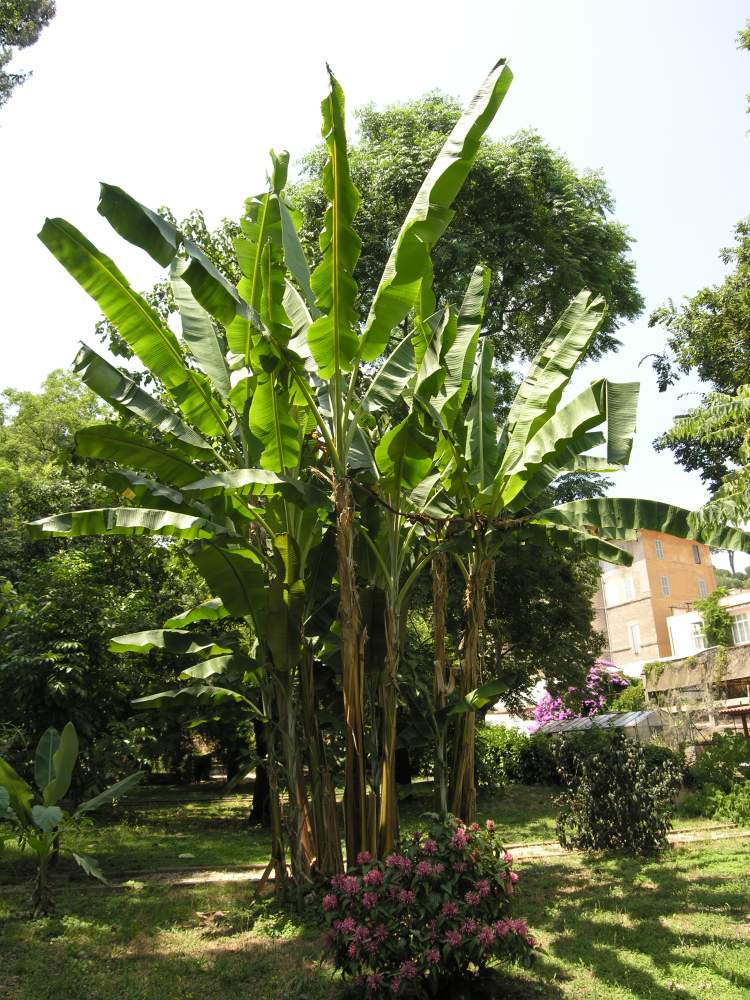
Opiniones de Musa × paradisiaca
Musa × paradisiaca is the accepted name for the hybrid between Musa acuminata and Musa balbisiana. Most cultivated bananas and plantains are triploid cultivars either of this hybrid or of M. acuminata alone.

Musa x Paradisiaca
Musa x paradisiaca (Edible Banana) is a large, fast-growing, suckering evergreen perennial boasting huge, paddle-shaped, deep green leaves, up to 8 ft. long (240 cm). Drooping spikes of yellow flowers adorned with showy purple-red bracts appear seasonally on mature plants (2-3 years old). They are sometimes followed by edible, tasty yellow bananas.
.jpg)
FileRoyal Variegated Banana (Musa x paradisiaca 'Ae Ae').jpg Wikimedia Commons
Banana (Musa x paradisiaca): The dramatic banana plant (Musa x paradisiaca), a hybrid of Musa acuminata x Musa balbisiana, is a member of the Musaceae family often incorrectly referred to as a tree. It is actually a large perennial herb, with succulent, very juicy stems that arise from a fleshy rhizome or corm and reaches a height of 20 to 25 feet.

Banana, Madagascar / (Musa x paradisiaca Stock Photo Alamy
Summary Banana (Musa x paradisiaca), a hybrid between Musa acuminata and Musa balbisiana, is a perennial, herbaceous plant growing about 8 m in height. It is a staple food with a wide range of medicinal and other uses. The fruits can be eaten raw or cooked. Male inflorescences are used as ingredient in curries.